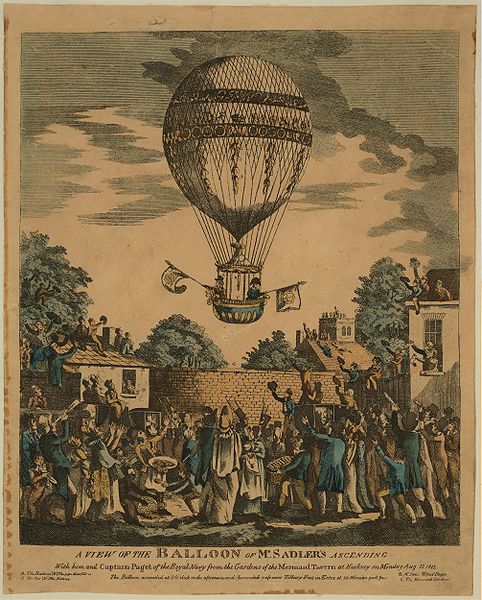
Manor Gardens Allotments: a Scandalous Legacy The scandalous treatment of the Manor Gardens Allotment Society continues. In the autumn of 2007 the allotments were forcibly, but supposedly temporarily, removed to Marsh Lane Fields in Leyton, now ridiculously renamed Jubilee Park. 

The original planning permission was granted by Waltham Forest on the strict condition that this was to be a temporary relocation and the allotments were to return to the Olympic Park, although not to their original site, now part of the 'Not the largest new urban park in Europe
for 150 years'. Indeed, back in February 2007 so determined was Waltham Forest to ensure the allotments should return that it threatened to throw a spanner in the works when it turned down the LDA’s first planning application forcing the LDA to offer concessions and reapply.
But as many predicted at the time once created the likelihood was the allotments at Marsh Lane would not be removed come the end of the Olympics. And so it has transpired with Waltham Forest giving permission for a permanent set of allotments. For the New Lamas Lands Defence
Committee, which campaigned to retain the open space at Marsh Lane, this has been a bitter pill to swallow. Not only has the open space been lost but environmental measures which were supposed to have been taken to screen the allotments have never been carried out.
Now the ‘scandal’, as far as Waltham Forest is concerned, is the notion that open space in the Olympic Park should be ‘lost’ to allotments. The original plan was for the allotments to be returned to a site at Eton Manor. Not all the allotments mind you. The LDA refused to treat
the allotments as a society, which it was, only agreeing to the return of those individual allotment holders who had moved from the original site. All allotment societies have waiting lists but this stipulation divided the society in two. This first plan was then revised so that
the allotments would be divided between two sites, one next to the Eton Manor Sports Complex, the other on the southern fringe of the Olympic Park, south of the mainline from Liverpool Street next to the City Mill River. Waltham Forest is now objecting to this plan to place
allotments at Eton Manor even though the LLDC is bound by a planning decision to do precisely that. The Leader of Waltham Forest Council, Chris Robbins, declared: “It’s an absolute scandal that allotments are set to take pride of place in the country’s flagship sporting
facility.” The LLDC, which had started work on preparing the Eton Manor site has now suspended work. The real scandal is the deal which has been cooked up by Waltham Forest and the Lea Valley Regional Park Authority, which owns the land at Eton Manor. The LVRPA doesn’t want the
allotments on its land and is acting in cahoots with Waltham Forest. The scandal is that the only reason the LVRPA had the parcel of land which contained the allotments in the first place was because it was handed it by the Manor Charitable Trust to look after the allotments.
London 2012 swallowed up that piece of land when it removed the allotments but the LVRPA has recovered it in the new park. Through the division of the allotments between two sites, the southern of which is not on LVRPA land, and by now seeking to prevent the allotments returning
to any of its land the LVRPA has grabbed all this land for itself and violated the trust placed in it to look after the allotments. So the Olympic land grab continues. Before the Olympics evicted them the Manor Gardens Allotments were perched high on an embankment, a veritable
island between the River Lea and the Channelsea River, accessible by a bridge from Waterden Road, a patchwork of plots, each with its own unique shed, the whole surrounded by trees. At first the LDA did not intend to relocate any allotments and many allotment holders simply gave
up their plots. Only after prolonged resistance did the LDA agree to move those plot holders who had held out for their rights. After having much of their equipment trashed by ODA contractors or stolen and being moved to a badly prepared waterlogged site at Marsh Lane Fields plot
holders now find themselves treated as undesirables by the LVRPA, the authority in whose trust their land had been placed.
The juggernaut rolls on.
Submitted by Julian Cheyne on Sun, 12/01/2014 - 22:51.
The juggernaut rolls on.
Submitted by Julian Cheyne on Sun, 12/01/2014 - 22:51.
• • •
Missing some Tweet in this thread? You can try to
force a refresh

















